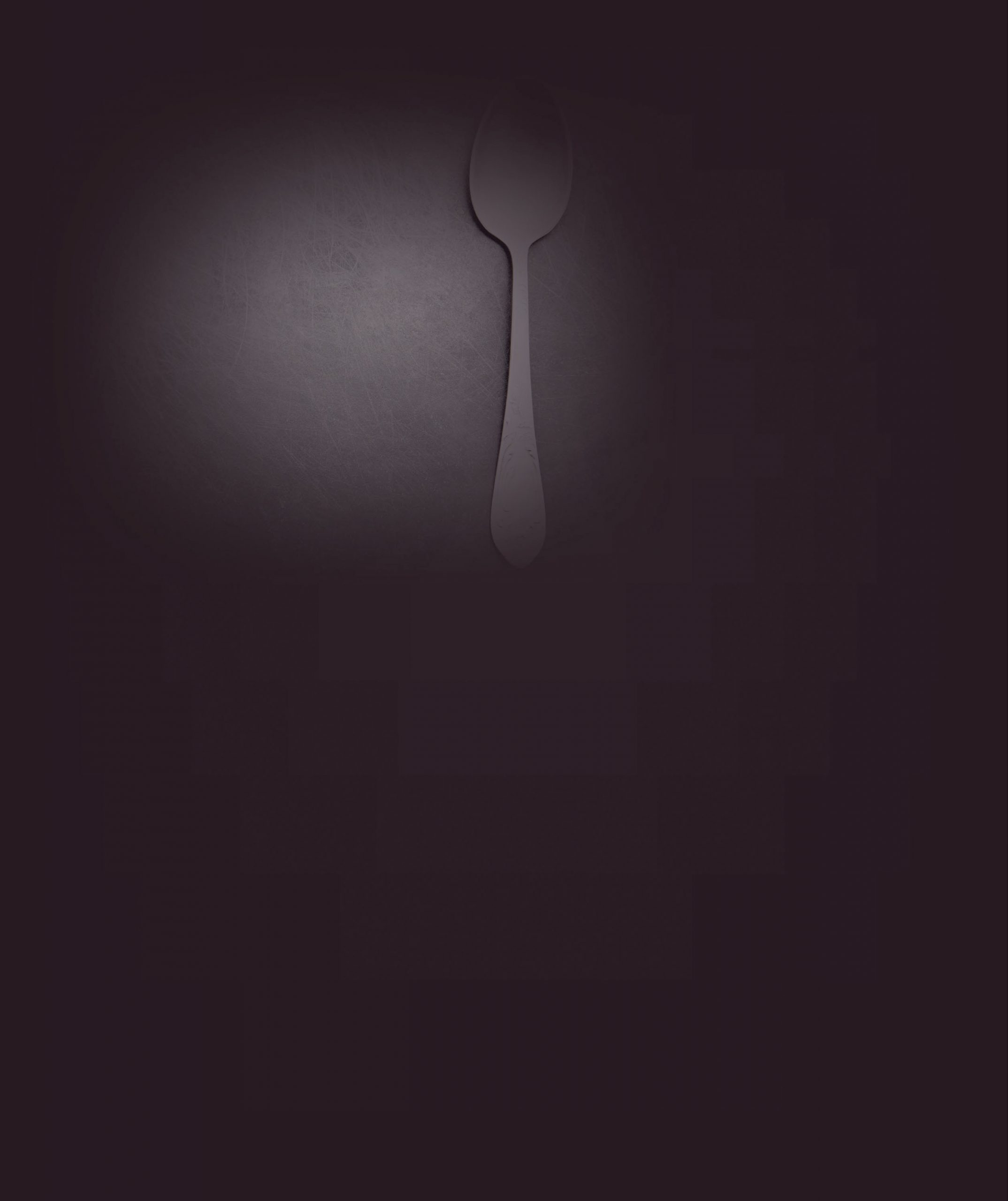
I t’s a safe bet that pretty much every home in the UK — regardless of its wealth or cultural background — owns one or more teaspoons. But we probably know little about their history or what they can tell us about who we are.
‘Teaspoon’ is self-evidently a compound word. The word ‘spoon’ derives from an Old English term originally meaning a thin piece of wood. ‘Tea’ as an English word was coined in the seventeenth century, coming from the Mandarin Chinese ch’a. The term refers to the leaves of an east Asian plant that are traditionally dried for subsequent infusion in hot water as a refreshing beverage. Tea has been drunk in China for at least 2,000 years, but it was unknown to Europeans until it came to the attention of merchants and missionaries in the 1500s. Without their own word to describe this mysterious drink — which they soon began taking home to Lisbon, Paris, Amsterdam and London — these travellers pragmatically borrowed its Chinese name. So the compound ‘teaspoon,’ which appeared by the 1680s, combines two English terms that are utterly foreign to one another: one ancient and local, the other modern and global.
Your organisation does not have access to this article.
Sign up today to give your students the edge they need to achieve their best grades with subject expertise
Subscribe




